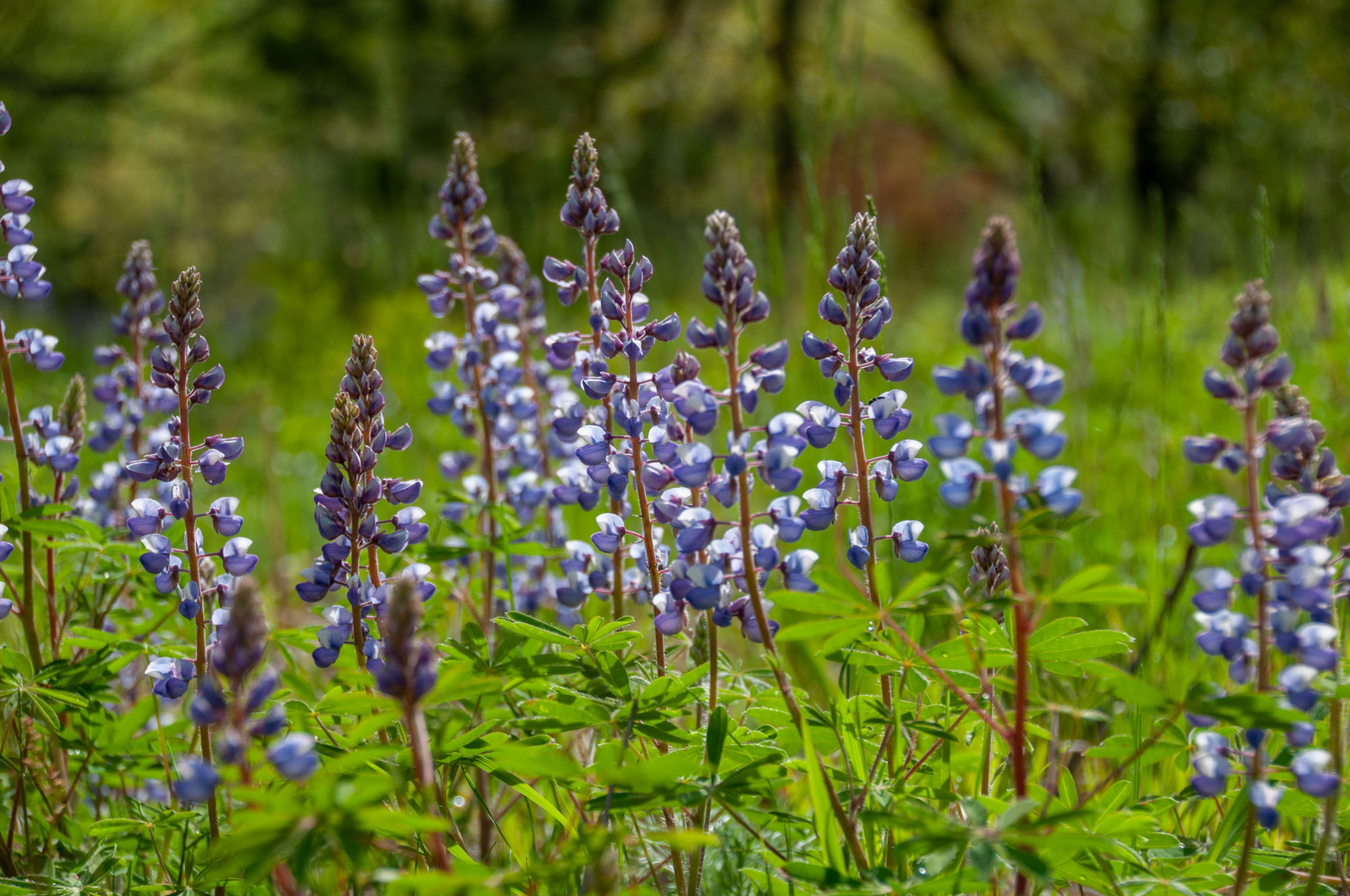
Building a Forest for Birds at Wege Foundation Natural Area
Image: Red-headed woodpecker at Wege Foundation Natural Area by Mimi Emig
In December, 3 acres of non-native firs and spruces and 1 acre of invasive autumn olive will be removed from Wege Foundation Natural Area as part of the ongoing restoration of the nature preserve. This restoration work will connect to and expand upon previous efforts to restore healthy, native oak forest and oak savanna habitat on other areas of the preserve.
This restoration work is possible thanks to grant funding awarded by the American Bird Conservancy through the Michigan DNR’s Wildlife Habitat Grant Program. The Land Conservancy is one of 7 environmental organizations across Michigan awarded funding by the American Bird Conservancy to execute restoration projects to improve habitat for Michigan birds and other wildlife.

The conifer plantation and old field will be restored to native oak forest/savanna habitat.
The Problem: An Unhealthy Forest
Non-native firs and spruces were planted in a section of Wege Foundation Natural Area long ago. Historically, the preserve was a much more open, oak-dominated forest. Planting all of these conifers created a low-diversity environment and prevented the species native to the original ecosystem from thriving. Plants native to oak forest and savanna ecosystems need direct sunlight, but conifer canopies crowd together and shade the understory densely. Additionally, needles fall and collect into a thick carpet on the forest floor, suffocating seedlings.
Today, many of the conifers in this area are diseased and dying, creating an eyesore and a safety hazard for those using the trails in the area. While some birds and wildlife might be able to make use of this environment, it is not ideal.
The Solution: Removal of Non-Native Trees and Invasive Shrubs
The Land Conservancy of West Michigan is working with a contractor to remove the dying planted conifers as well as invasive autumn olive and crab apple. Once this work is done, we will work with volunteers to collect and plant native seeds in the restoration area. In the years to come, this low-diversity pine plantation will transform into healthy oak forest and savanna habitat.
The Result: A Forest for Birds
Some parts of the trail will look bare and a little messy for a while, but in a few years, this area will grow into a healthier and more diverse forest providing better food and shelter for Michigan’s resident and migrating birds and other wildlife. Restoring a forest is a long-term project, but the benefits will be enjoyed for generations to come.
About Wege Foundation Natural Area
Wege Foundation Natural Area protects high-quality natural land in an area dominated by suburban and agricultural land uses. The hardwood swamp and shrub-carr wetlands on the property are particularly diverse, together supporting more than 100 native plant species and an abundance of wildlife. Those areas also protect water quality along a half-mile of Lee Creek, a groundwater-fed trout stream that flows into the Grand River. The Land Conservancy’s management plan for the preserve calls for controlling invasive species, removing non-native conifers, and restoring healthy, native oak forest and oak savanna habitat. In addition to the restoration project described above, the Land Conservancy is also leading a long-term project to restore oak barrens and oak forest habitat in an area of the preserve that was previously a plantation of red pine.




